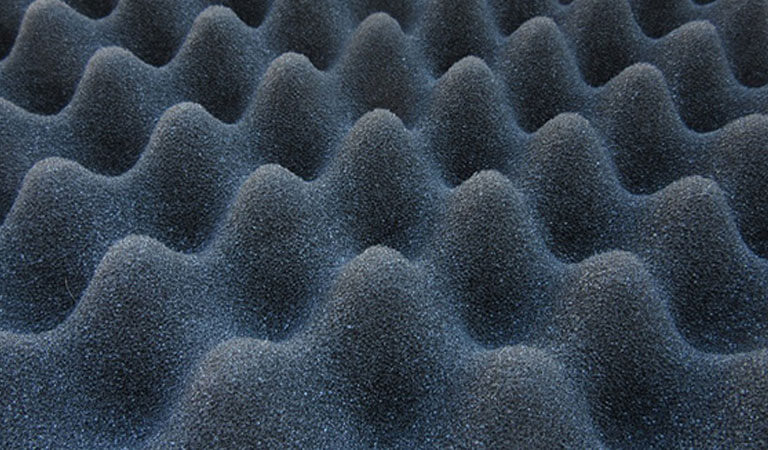Foam production process involves four stages in which chemical blowing agent plays a key role. Chemical is capable of generating gases, usually nitrogen, carbon dioxide, moisture, and other gases in small quantities. Ideal gas is nitrogen, which has low permeability, is odorless and non-toxic, and produces foam with good properties and homogeneous pores.
During manufacturing process, chemical blowing agent must be uniformly dispersed in polymer at proper time, usually when polymer is in liquid or molten state. This stage involves mixing of blowing agent and polymer material in dense or open form, and requires consideration of refining temperature below decomposition temperature of blowing agent.
In second stage, system forms large number of individual bubbles, at which point nucleating agent needs to be added to facilitate formation of small bubbles, which would otherwise result in extremely heterogeneous pores. Nucleating agents are usually fine inert particles, such as calcium carbonate, kaolin, carbon black, and so on.

In third stage, initially formed vesicles continue to rise in size as more gas passes through polymer into vesicles. If time is long enough, individual vesicles will contact each other and fuse, forming open-cell foam; otherwise, if vesicles are not connected to each other, closed-cell foam is formed. Fusion of vesicles continues indefinitely and foam will collapse.
In last stage, as polymer viscosity increases, blowing agent is basically completely decomposed, growth of bubble holes stops, and foam stabilizes to become stereotyped product. Polymer viscosity can be increased by cooling, cross-linking, and other methods. Time range of these three stages can be as short as fraction of second, longest not more than few seconds.
Quality of foam is closely related to decomposition of blowing agent and gel (viscosity) of polymer material. It is usually required that decomposition of blowing agent and gelation process of polymer material coincide, or that gelation is slightly earlier than decomposition of blowing agent. If they do not match, it will not be possible to obtain foam with good performance. Lagging of gel process behind foaming process will lead to low viscosity of pore wall, softening of foam, or even inability to support material, resulting in collapse; on contrary, high strength of pore wall will lead to excessive pressure inside pore, resulting in tearing of pore wall, and large cracks in center of foam.



Articles Similaires
Assurance qualité et contrôle qualité | Définition-Différence-Méthodes-Processus
quel est le moulage par injection-part1
Quelques conseils vous aident à comprendre les presses à injecter électriques